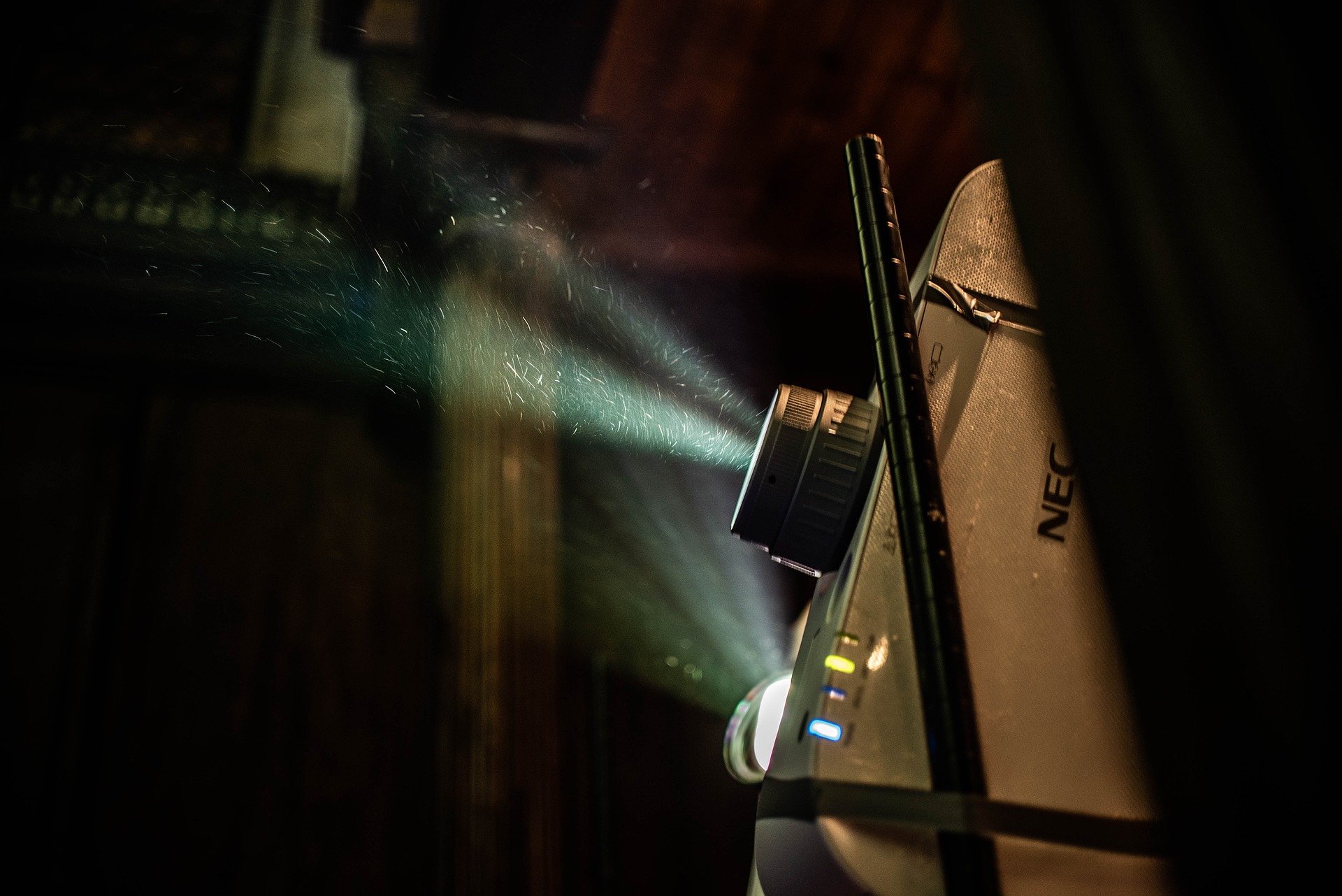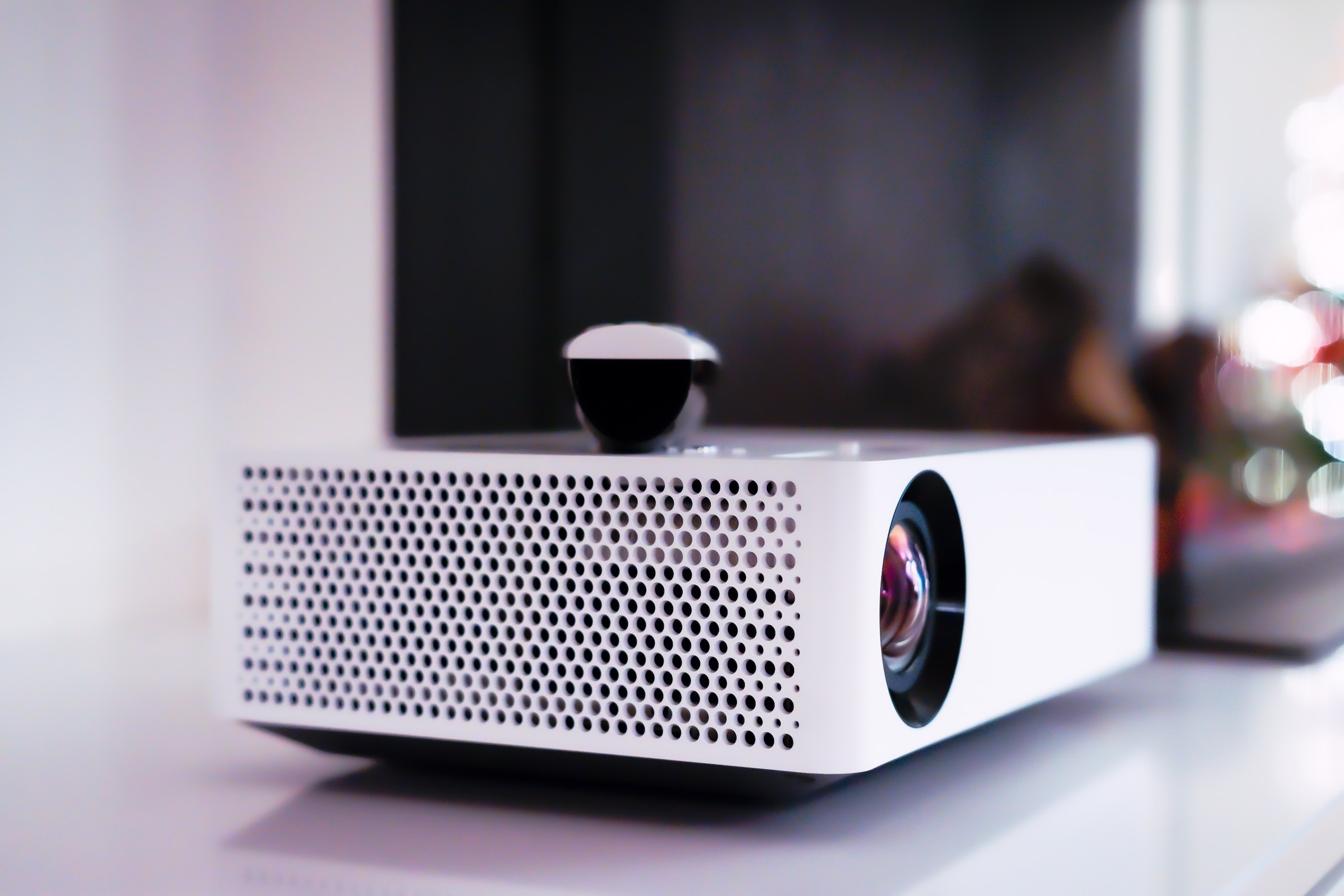What To Look For In A Projector? Guide and Tips
- 01 Mar 2025 09:41
- 182

Are you on the edge of buying a projector but feeling overwhelmed by all the options out there? Don't worry; you're not alone. Navigating the projector market can indeed be a daunting task. However, with some expert guidance, you can ensure that your investment results in outstanding visual experiences. In this guide, we'll go over the important things to keep in mind when picking the perfect projector that suits your unique needs and preferences.
Key Projector Buying Considerations
The following are the main aspects to pay attention to when searching for a new projector.
1. Light source
Adequate lighting is crucial for a projector to produce a clear and bright image. In cases of insufficient lighting, such as low light levels, the projected image will appear unclear and dim even in a dark room. To understand a projector's brightness and its suitability for different lighting conditions, you should examine its lumens rating. This rating provides information about the projector's light output capabilities. For instance, If you're setting up a home theater, opt for projectors that offer 1,000 ANSI Lumens or higher for the right level of brightness.
2. Contrast ratio
When we talk about contrast, we're talking about how an image's dark and light elements relate. Opting for a high contrast ratio ensures your whites appear brighter and your blacks are richer in depth. Even if a projector has a high Lumens rating, your image may appear faded if the contrast ratio is low. In low-light settings, a contrast ratio of at least 1500:1 is a solid option, but if you want top-notch quality, seek projectors with 2000:1 or greater ratios.
3. Display resolution
Display resolution, often referred to as pixel density, holds significant importance. If you primarily watch HDTV content, aim for the highest possible pixel count, ideally 1920x1080. When enjoying DVDs, a pixel count of 1024x768 works just fine. Yet, for HDTV signals, keep in mind that 720p necessitates 1280x720 pixels, while 1080i demands 1920x1080 pixels. If you own a Blu-ray Disc player, it's advisable to opt for a projector that supports a genuine pixel resolution of 1920x1080 and can showcase content in the 1080p format.
4. Aspect Ratio
The aspect ratio of a projector refers to the relationship between the height and width of the image it projects. Projectors typically come in three standard aspect ratios: 16:9 (used for HDTV, 1080p, and 4K UHD), 16:10 (found in WXGA and WUXGA formats), and 4:3 (commonly used in XGA and SXGA resolutions). The 16:9 aspect ratio is the most prevalent among projectors and is also the ideal choice for showcasing 2.4:1 and 2.35:1 Cinemascope films. Moreover, it's typically advisable to acquire a 16:10 WUXGA projector for office and presentation environments.
5. Color reproduction
Color accuracy is another crucial factor in projector selection. Pay attention to how accurately they display natural tones and vibrant colors in various lighting conditions. Verify color consistency across input sources and become familiar with the projector's picture adjustment options. Color perception can vary slightly from person to person. Therefore, it's important to observe and consider your preferences attentively.
6. Input options
Before choosing your projector, ensure it includes all the required input options. The typical inputs found in projectors are VGA, HDMI, and DVI. VGA ports are common in projectors and offer versatility, but if gaming is a priority, an HDMI port is typically the preferred input. So, make it a priority to check that the projector you're considering has all the input connections you need when making your purchase decision.
7. Portability
Portability plays a significant role in the mobility and travel-friendliness of your projector and streamlining the installation and configuration process. Furthermore, trying out diverse screen sizes, distances, and room arrangements makes it more convenient to discover the best configuration for your requirements. By considering these essential considerations, you'll be well on your way to finding the perfect projector that meets your needs and delivers outstanding visuals.

Considerations For Your Preferred Area of Use
For home theater
If you are wondering, which projector for home cinema is best? Then, choosing a home theater projector is advisable rather than opting for a commercial one. With a home theater projector, you can enjoy exceptional image quality featuring vivid colors, remarkable contrast, and true blacks. Optimal performance for these projectors is achieved in a room where you can manage the incoming light. When setting up a home theater, consider selecting a projector featuring both high resolution and an impressive contrast ratio. These qualities combine to deliver enhanced home entertainment.
For office
Projectors designed for business and office settings are specialized in presenting static materials like graphs and PowerPoint presentations. When it comes to office projectors, the key factor to remember is the lumen output, which determines brightness. You can decide between a short-throw projector and a standard one in an office setting.
For gaming
A gaming projector is essential if your main goal is gaming on a big screen. When buying one, prioritize resolution, refresh rate, and input lag. If you own a gaming console with 4K resolution capabilities, investing in a 4K projector is advisable for the optimal gaming experience with the finest graphics.
For classrooms
Wondering, "What projectors do schools use?". Classroom projectors bring a fun and engaging element to learning. They share similarities with commercial projectors but often offer lower resolution. Opting for projectors equipped with built-in speakers streamlines the school presentation experience.

Projector Price: What to Expect?
Projector prices exhibit significant variation, with options available for less than $100 for budget models and others reaching several thousand dollars for high-end 4K projectors. This considerable price span results from each projector's extensive range of technologies, power, and features. Factors such as greater lumens, enhanced resolution, a superior light source, and improved contrast ratio can all contribute to a higher cost when considering the price of a projector.
Final Thoughts
Whether you're creating a home theater, setting up an office space, or enhancing classroom learning, your specific needs will determine the ideal projector for you. From lumens and contrast ratios to resolution and aspect ratios, each aspect plays a role in your visual experience. So, next time you ask, "What to look for in a projector?" remember the crucial considerations mentioned above. No matter if you're on a tight budget or seeking top-notch 4K quality, there's a projector out there that matches your requirements and elevates your visual journey.
